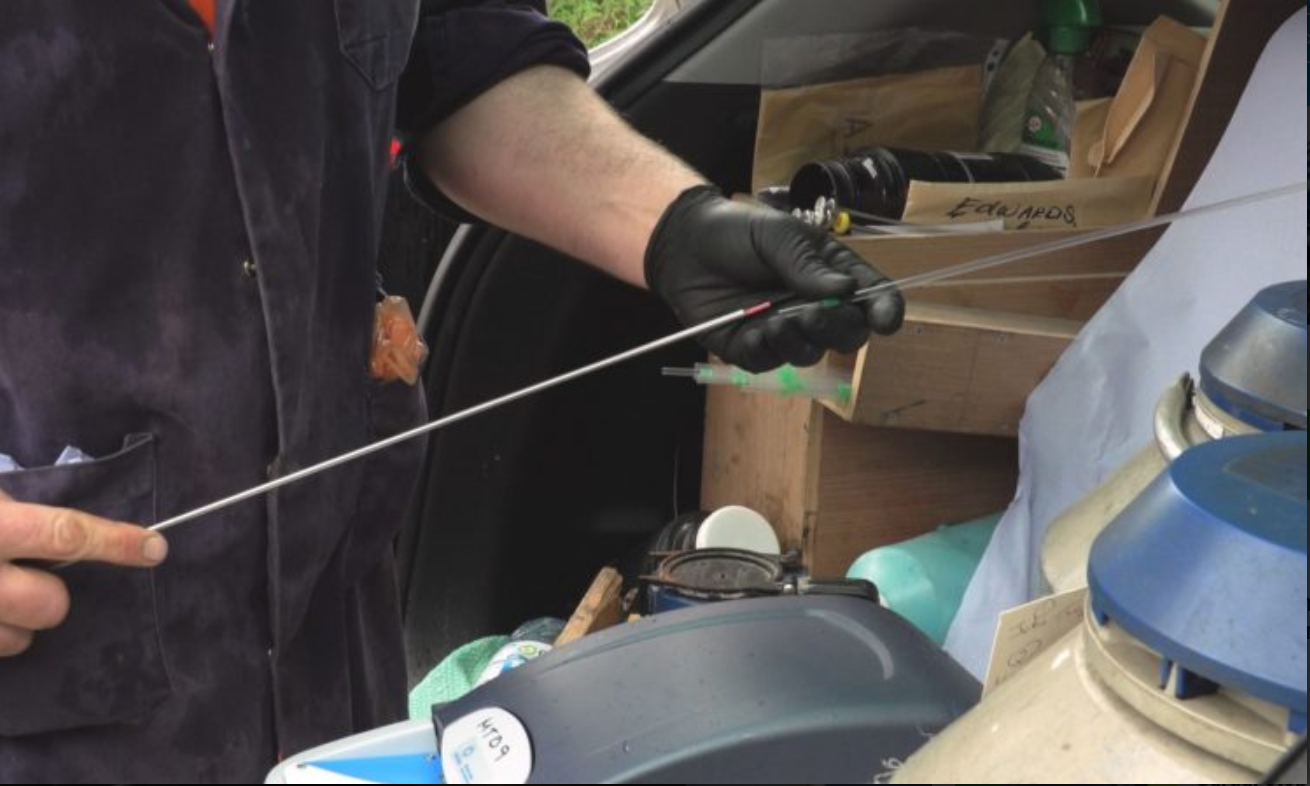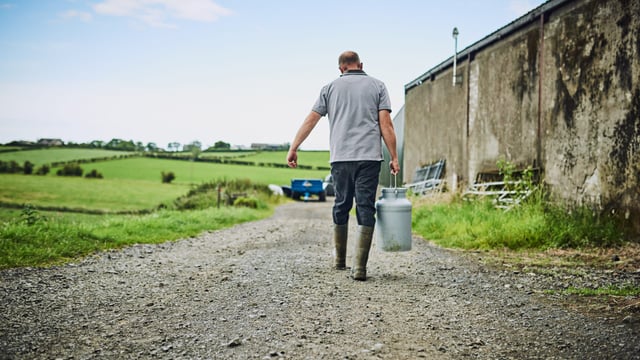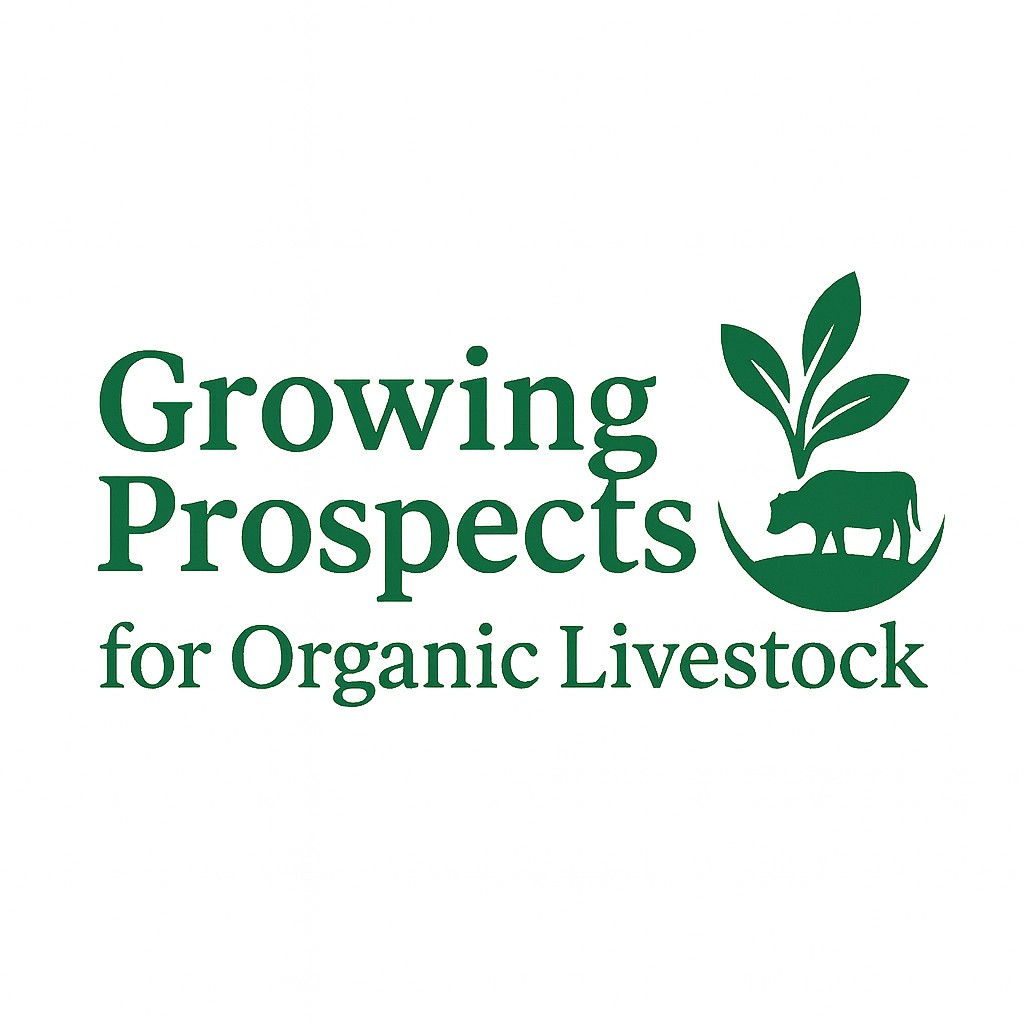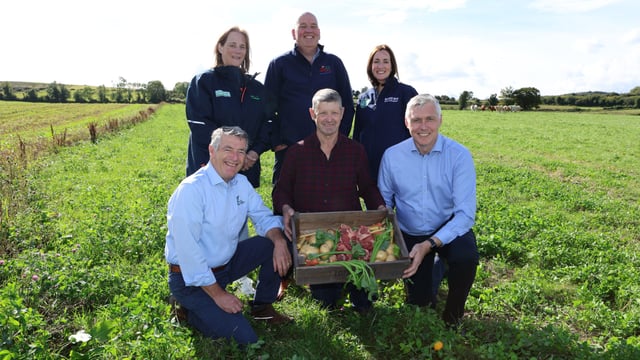EBI base change, boosting genetic gain discussed at Moorepark '25
Accelerating genetic gain was highlighted at one of the boards at Moorepark '25 open day today, (Wednesday, July 2) where the changes to the Economic Breeding Index (EBI) were also discussed.
An update in the EBI will go into effect from September 2025, aimed at reflecting changing input and output prices.
The updated version of the EBI will see a change in the genetic base for milk production and fertility, and the base population will move from 2005-2007-born cows to 2015-2019-born cows.
Interestingly, it is predicted that the impact of these changes will see all animals' EBI drop approximately €91.
The production sub-index is set to drop by approximately €41 as milk yield is set to drop back by 74kg, fat yield by -7kg, and protein yield by -5.6kg.
The fertility sub-index is set to drop back by €50, as the survival rate is set to drop by 1.30% and the calving interval is set to increase by 2.7 days.
In the new EBI, production will have a 32% weighting; fertility a 25% weighting; carbon 10%; beef 10%; health 8%; calving 7%; and management 4%.
Dairy genetics researcher, Donagh Berry said, as the base change is going to be uniform across all animals: "The most important thing that you need to know is that it will have zero affect on the ranking of animals."
He also highlighted the new maintenance sub-index as €0 for a first lactation animal will reflect a 500kg liveweight and 630kg for a mature cow.
Berry told Agriland that this change in maintenance is to reflect stronger beef and cull prices that have been added into sub-index.
Every €1 increase or decrease in the maintenance figure now reflects a 2kg live weight over or under the 630kg mature cow at €0.
What this means is that the average cow that was €14 is now going to have a maintenance figure of around €29, according to Berry.
However, it was highlighted that better genetics is going to improve performance, with more solids per lactation (+23kg) and more lactation (+0.27).
It was highlighted that every €1 increase in EBI would deliver an extra €2 profit per lactation, which is proven across all systems.
Sexed semen use has risen from under 50,000 straws pre-2020 to over 350,000 in 2025, reducing male dairy calf numbers by up to 171,000 following the introduction of the two sexed stations in the country.
Teagasc's Stephen Butler highlighted that when sexed semen is applied to the top genetic merit females, it will accelerate genetic gain and ensure that replacement heifers are born early in the calving season.
The use of sexed semen also allows farmers to utilise the Dairy-Beef Index (DBI), which guides the selection of bulls with traits suitable for dairy cows to produce calves for beef production systems.
The National Genotyping Programme and Commercial Beef Value (CBV) help identify economically efficient calves early to provide the beef farmer with confidence around the quality of the calves being bought.
Technologies such as multiple ovulation and embryo transfer (MOET) and in-vitro embryo production (IVP) will allow for the next generation of multiple offspring annually from genetically elite cows.
Accelerated genetic gain is being advanced by the strategic use of of breeding indexes, sexed semen, and assisted reproductive technologies, according to Butler.
Through tools such as the EBI and DBI to effectively guide on breeding decisions while using advaced technologies for reproduction such as sexed semen, it will deliver sustained improvements in productivity, profitability, and sustainability.
Butler also argued that "if you have elite stock, you should be open to contract mating agreements" to really advance genetic gain in the country.
As of September 2025, the herd fertility sub-index target for farmers should be €70 and two sexed straws should be allocated per heifer calf born.
It was highlighted that through the advancements in sexed semen accompanied with better handling from farmers, conception rates have nearly caught up with conventional.
With heifers achieving a 61% conception rate with sexed and 66% with conventional. and cows achieving a 57% conception rate with conventional, and a 50% conception rate with sexed.
Butler said that this shows that "sexed semen is 93% as good as conventional" across a wide range of herds and cows.
He added that "it's only going to get better" in terms of conception rates and that the technology "should be seen as an investment and not a cost".
Conventional dairy straw usage has decreased massively in the last couple of years but still has its place on many farms, according to Butler, while beef AI usage has went in the opposite direction.
Sexed semen usage has been increasing steadily over the last few years and steadied even more in 2024.
This is actually a slight concern for Teagasc, as farmers have become too strict with their usage, leading to a reduced number of replacement heifer calves born in 2025.
It was highlighted that every farmer should make sure that they are breeding enough replacement heifer calves for their own herd at the very least.
Butler stressed: "There should've been 100,000 more sexed semen usages this year to sustain the number of replacement calves."






